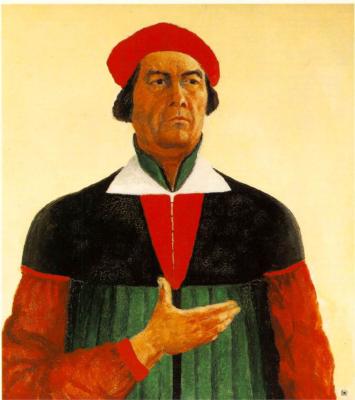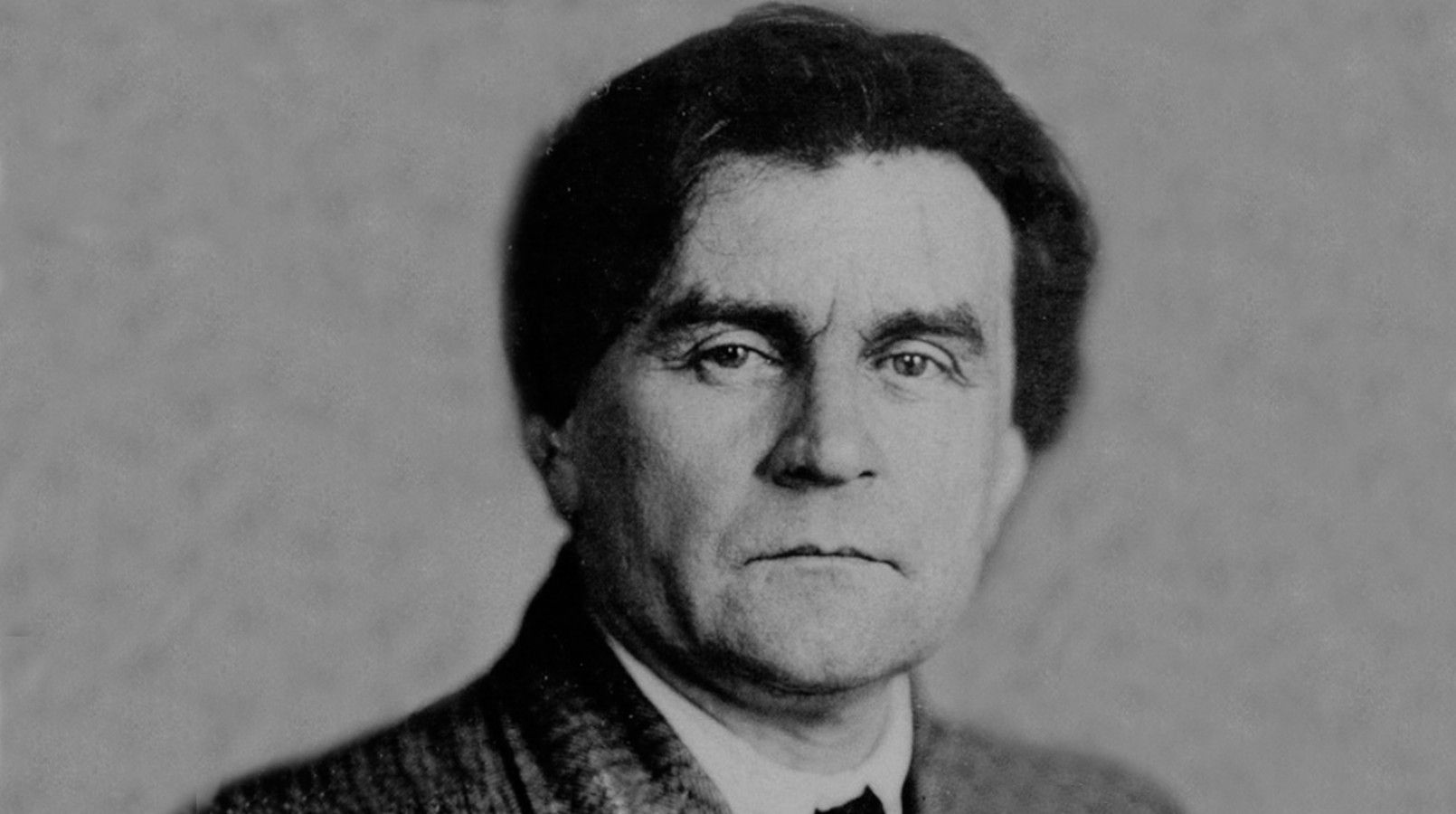Life path
During his life, the artist himself also contributed a lot to confusing the facts of his personal and creative biography as much as possible, to extremely complicate any attempts at external penetration into that amazing phenomenon, that clot of subtle psychic energy that we call Kazimir Malevich.
Kazimir Severinovich Malevich was born (11) February 23, 1878 near Kyiv. However, there is other information about the place and time of his birth. Malevich’s parents were Poles by origin. His father worked as a manager at the sugar factory of the famous Ukrainian industrialist Tereshchenko (according to other sources, Malevich’s father was a Belarusian ethnographer and folklorist). Mother was a housewife. The Malevichs had fourteen children, but only nine of them lived to adulthood. Kazimir was the first-born in the family. He began to learn to draw on his own after his mother gave him a set of paints at the age of 15. At the age of 17, he spent some time at the Kyiv Art School. In 1896, the Malevich family settled in Kursk. There Kazimir worked as a minor official, but quit his service to pursue a career as an artist. Malevich’s first works were written in the style of impressionism. Later, the artist became one of the active participants in futuristic exhibitions. Was Malevich just a half-educated artist? Would he have reached high creative heights if he had tried to realize his talent in the classical areas of painting? These questions will never find their answer. Malevich’s arrival was due to time. Pre-revolutionary, unsteady times were already bringing a new generation of creators onto the stage. Kazimir Malevich very subtly and acutely felt these growing undercurrents of fate and knew how to get into the very epicenter of their cycle, each time successfully ending up on the surface. A semi-literate, self-taught artist who became a world-famous artist, director of the Leningrad State Institute of Artistic Culture, author of a number of theoretical publications, and creator of his own direction in the fine arts (Suprematism), Kazimir Severinovich was not an accidental person. Deftly maneuvering in the currents of events, Malevich amazed his contemporaries with his unique ability to polarize and fill the space around him with energy. His works have always caused and continue to cause constant controversy and clashes of the most opposing points of view. Known as the author of the Black Square, he became a true symbol of revolutionary art. Malevich died on May 15, 1935 in Leningrad. The artist’s creative heritage has not yet received and is unlikely to ever receive any unambiguous assessment from specialists and fans of painting. However, even the most ardent opponents of Kazimir Malevich cannot deny its gigantic scale.
Some works
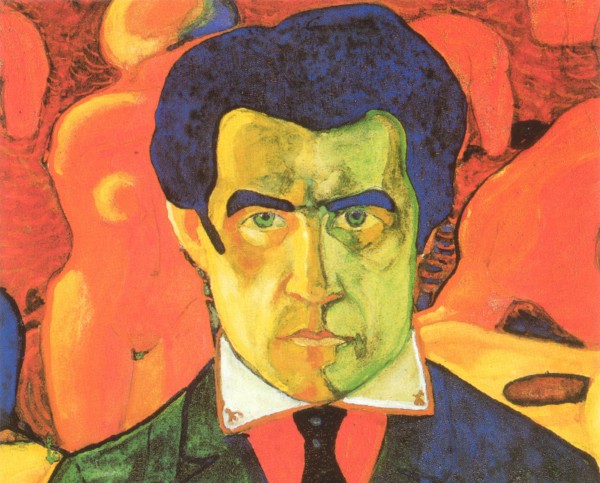
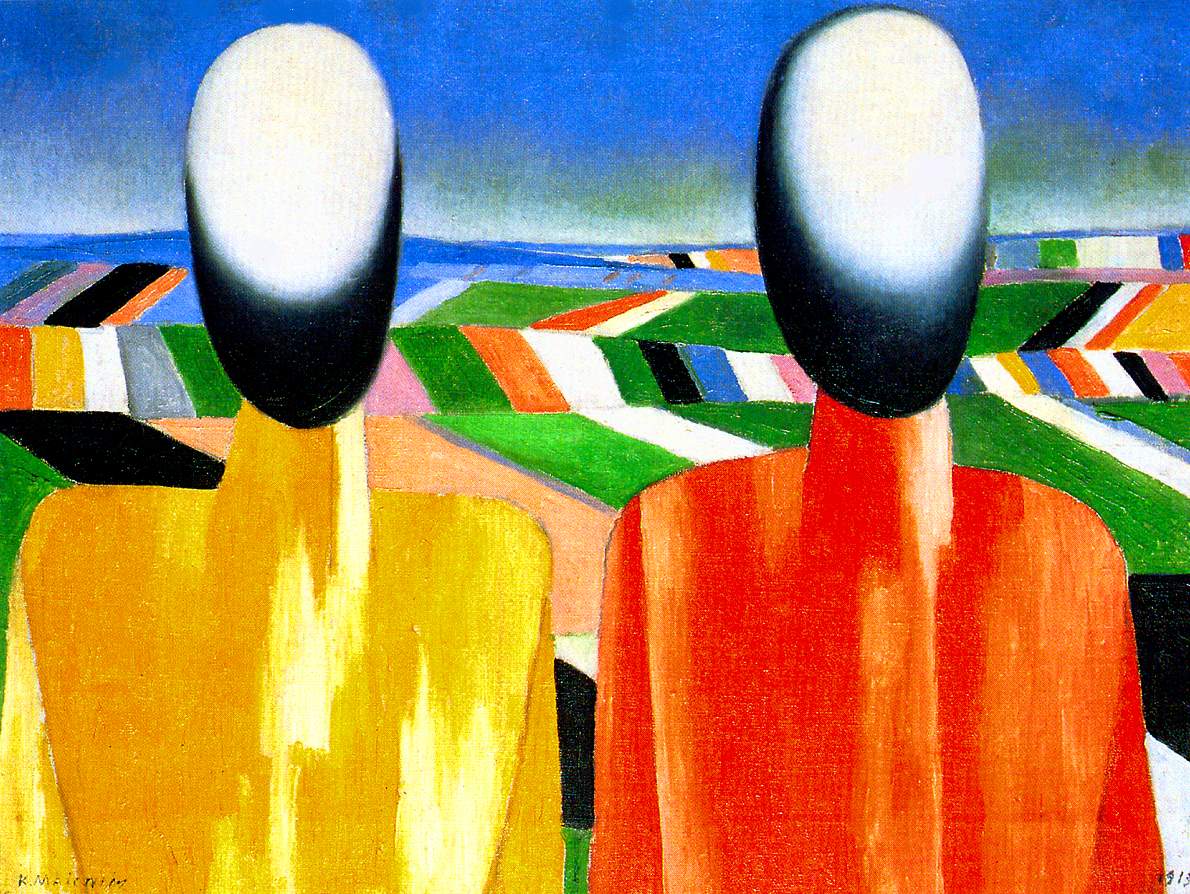

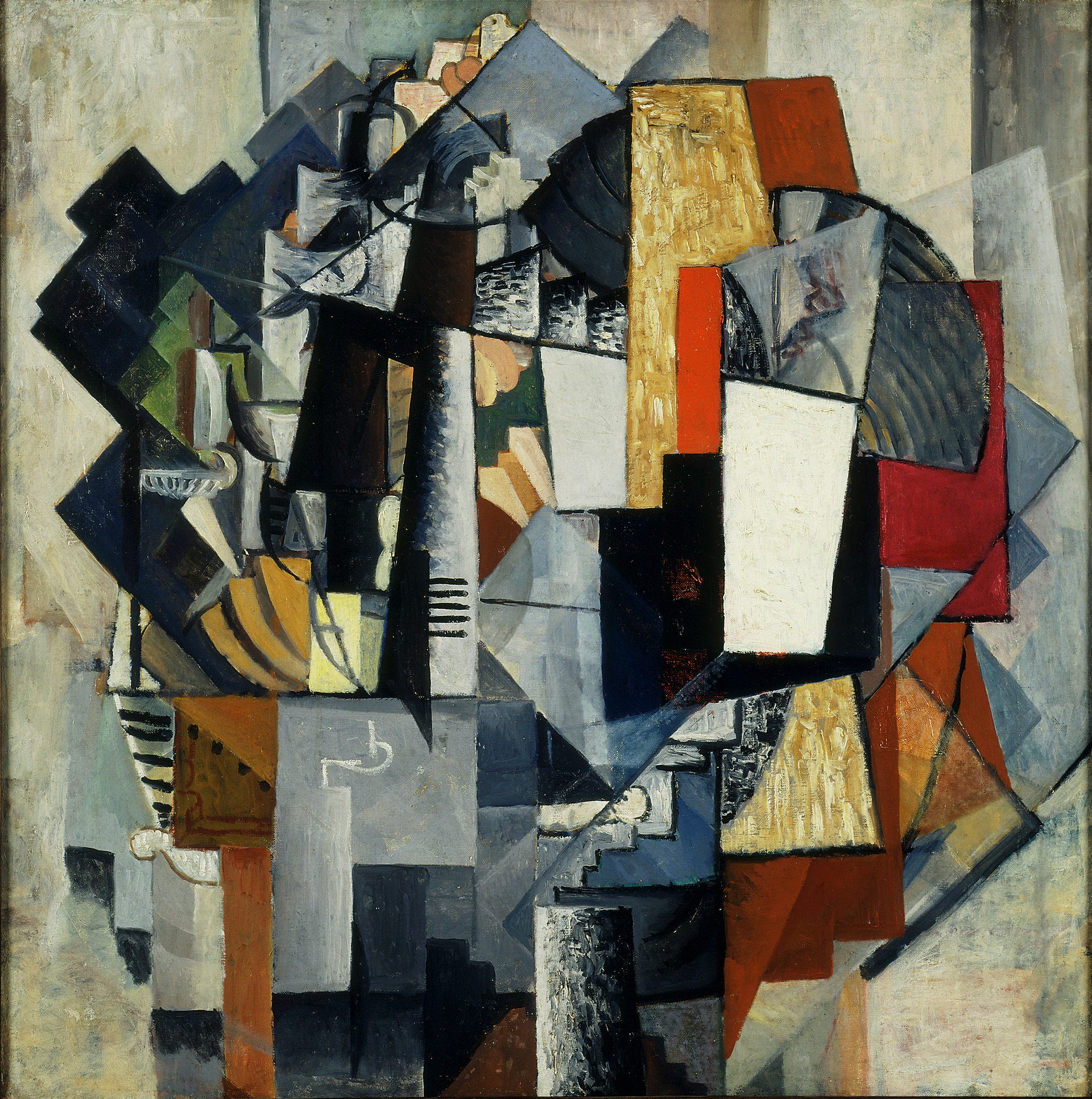

Kazimir Malevich’s contribution to world fine art
Generated by artificial intelligence
His most significant contribution to the world of fine art is associated with the art movement known as Suprematism, which he founded around 1913-1915. Here are some key aspects of Malevich’s contribution to world fine art:
Suprematism
Malevich’s most famous and revolutionary contribution was the development of Suprematism. This art movement was characterized by the use of geometric shapes, particularly the square, circle, and cross. Malevich believed that these simple geometric forms could evoke a sense of purity and spiritual transcendence. The Black Square (1915), a simple black square on a white background, is considered one of the iconic works of Suprematism and abstract art.
Rejecting Representational Art
Malevich’s work marked a departure from representational art and a move towards abstraction. He sought to move beyond the constraints of depicting recognizable objects and instead aimed to explore the pure essence of form and color.
Spiritual and Philosophical Ideas
Malevich’s Suprematist works were often accompanied by philosophical and spiritual ideas. He believed that art could reach a higher, non-objective level that transcended the material world. The use of geometric shapes was meant to convey a sense of transcendence and access to a higher reality.
Influence on Constructivism
Malevich’s ideas and work had a significant impact on the development of the Constructivist movement, particularly in Russia. Artists like El Lissitzky and Alexander Rodchenko were influenced by Malevich’s ideas and incorporated them into their own work, contributing to the broader evolution of modern art.
Writing and Teaching
In addition to his visual art, Malevich was also known for his writings on art theory. He wrote manifestos and essays that articulated his ideas about Suprematism and the role of art in society. He also taught at the Vitebsk Practical Art School, where he influenced a new generation of artists.
While Malevich’s Suprematism was met with both enthusiasm and criticism during his lifetime, his work has had a lasting impact on the course of modern and contemporary art. The simplicity and purity of his geometric forms continue to be studied and appreciated by art historians, theorists, and artists alike.
